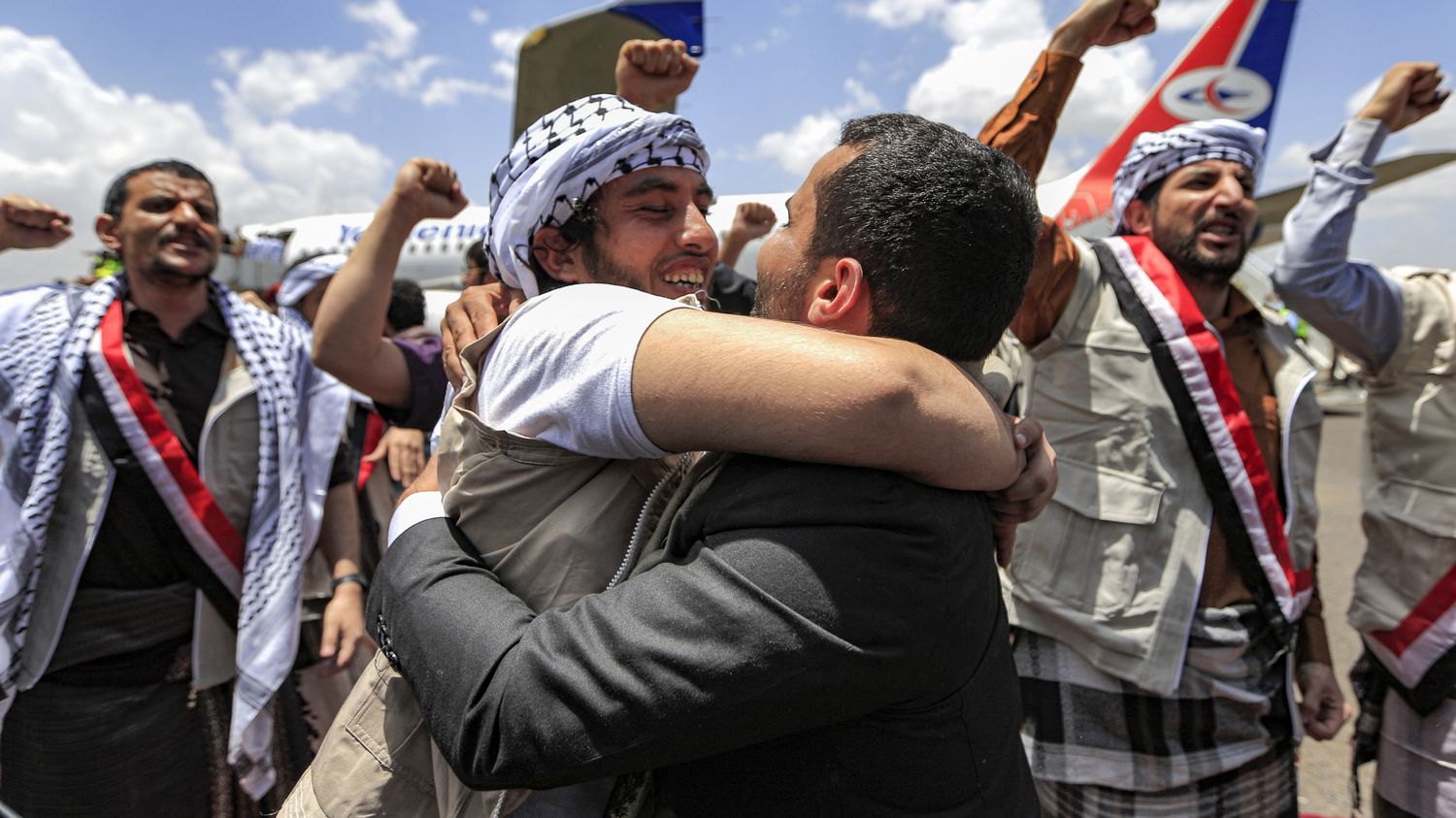A hope of peace in a country at war is rare. This is the case today in the south of the Arabian Peninsula, in Yemen, a country ravaged by almost nine years of war and affected by the worst humanitarian crisis in the world. A conflict that has remained too often under the radar of the media.
This hope is embodied in the image of two planes on April 14 at midday. Two planes which landed, respectively in Sanaa, the capital controlled by the Houthi rebels in the north and in Aden, south, seat of the legitimate Yemeni government. In both aircraft, prisoners released by each of the two camps, and on the two tarmacs, palpable emotions for these men who will be able to find their loved ones, sometimes after years of separation. And all this as the end of Ramadan approaches.
A total of 887 prisoners are to be exchanged on April 14 and 15. Under the aegis of the International Committee of the Red Cross and after mediation by the Sultanate of Oman, a regular mediator in the region. It is the largest exchange of prisoners for three years in this country of 29 million inhabitants, who live in a territory as large as France. And this exchange is the prelude to other advances: an imminent resumption of flights at the two airports, the end of the blockade of the ports, the restoration of the pay of civil servants. There is real hope that the guns will fall silent in this conflict which has left 400,000 dead and 16 million displaced, more than half the population.
A consequence of the rapprochement between Iran and Saudi Arabia
It is a chain effect of the reconciliation of the two great regional powers, Saudi Arabia and Iran, because the war in Yemen is not only the consequence of internal conflicts in the country. It has also been a proxy war since 2015, between Shiite Iran, which quietly supports the Houthi rebels because they belong to a branch of Shiism, and Sunni Saudi Arabia, which provides massive military support to the officially recognized government of Yemen.
However, the two countries have just sealed their rapprochement. Under Chinese sponsorship in Beijing 10 days ago. They are in the process of restoring their diplomatic relations, preparing the reopening of their respective embassies. Iranian President Ebrahim Raissi is expected in Riyadh, the Saudi capital, at the end of Ramadan.
This reconciliation opens the door to peace in Yemen. Saudi Arabia in particular is eager to end this conflict in which it has become bogged down. And on Sunday April 9, the Saudi Ambassador Mohammed al Jaber went to meet the Houthi leaders in Sanaa. A scene unimaginable not long ago since Saudi Arabia had put a price on the heads of these Houthi leaders. The symbolic significance of this meeting, in front of the cameras, is therefore considerable.
The hypothesis of a political transition for two years
Before peace takes hold, there are still many obstacles. Iran and Saudi Arabia do not control everything. Yemeni groups have their own autonomy and rivalries. Some, for example jihadist groups in the south, escape any influence. And then the humanitarian situation remains dramatic, especially since aid from foreign donors remains insufficient. At least eight million people need food aid.
But now there is hope. Other exchanges of prisoners should follow. And more official negotiations should begin, around the principle of a political transition for the next two years. It was unexpected a few weeks ago.
